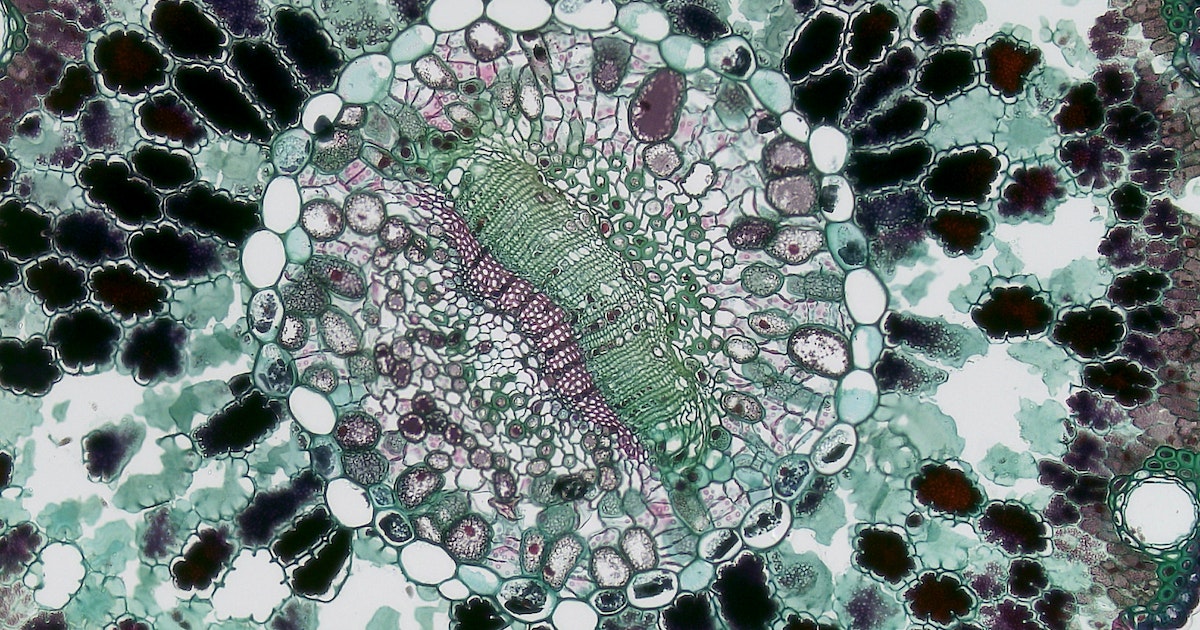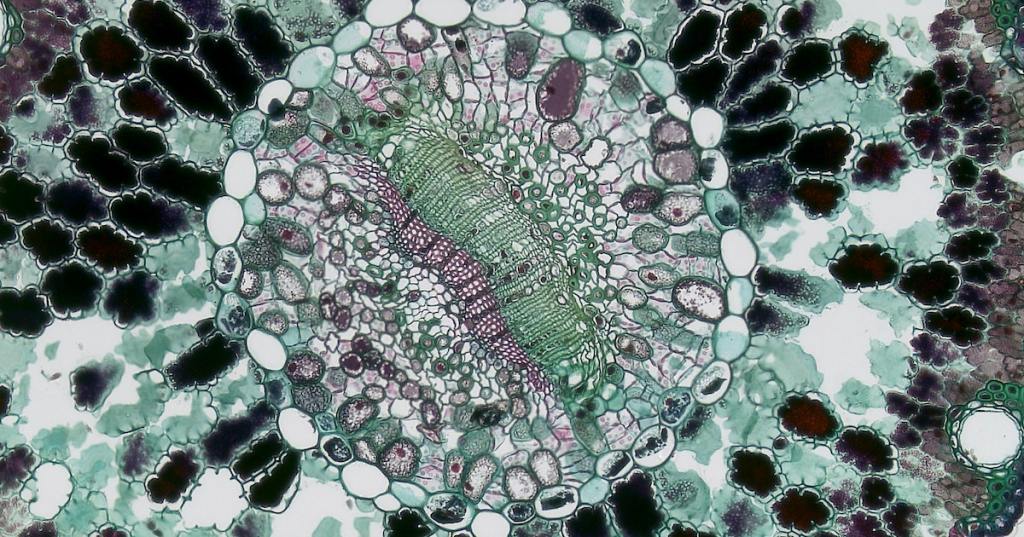According to a study published in Nature Microbiology, influenza A and respiratory syncytial virus (RSV) have fused into two never-before-seen hybrid viruses.
Virologists are hoping these findings will help them learn about coinfection in human cells and why they often lead to worse disease outcomes for patients.

Photo Source: Pexels
Influenza A and RSV are common respiratory viruses that often spread during the winter months. Influenza A causes 5 million hospitalizations worldwide annually while RSV usually only causes serious illness in older people and infants.
The study, conducted by researchers from the University of Glasgow, is limited to human lung cells. Researchers want to know how those cells might behave in a human body infected with two viruses at the same time, called “coinfection.”
Photo Source: Pexels
Using high-resolution microscopy, live-cell imaging, scanning electron microscopy, and cryo-electron tomography, they studied the virus particles. They discovered that the hybrids contained genetic information from both influenza A and RSV, allowing them to escape the immune system.
One hybrid virus used RSV surface proteins as a vehicle to infect other cells with influenza A, thereby evading anti-influenza antibodies. Using this RSV mechanism allows the hybrid virus to enter cells that the regular influenza A virus could not, spreading into a greater pool of cells.
The next step is to observe whether these particles can be found in coinfected patients, and if so, which types of viral combinations can be formed. In the meantime, researchers theorize that their behavior is why disease outcomes are often significantly worse than those with a single virus.
